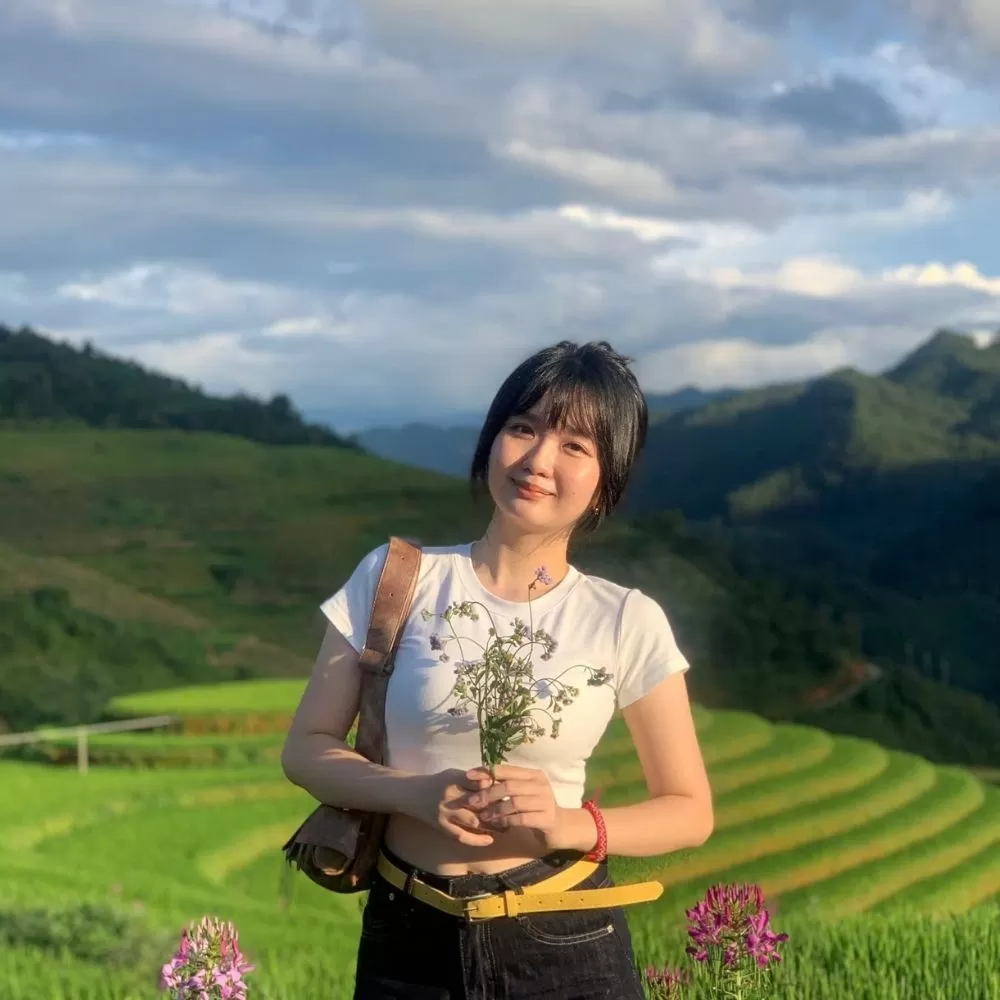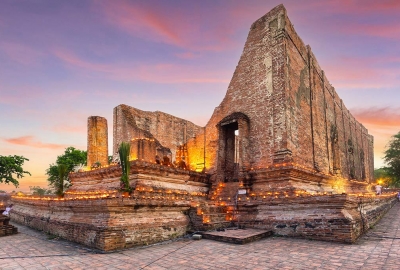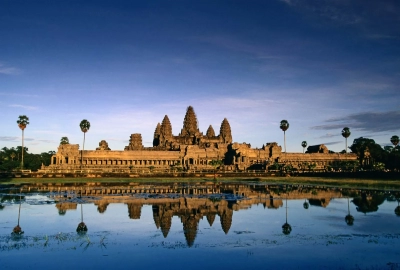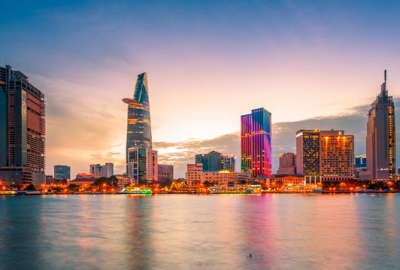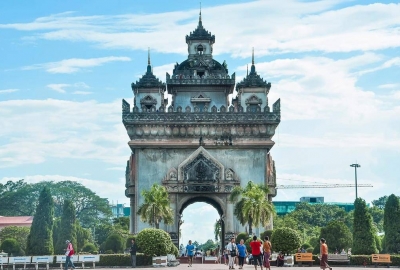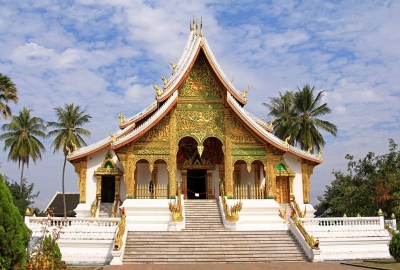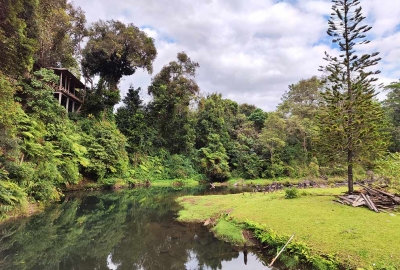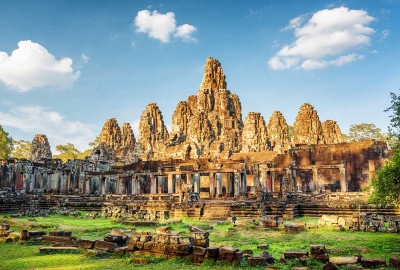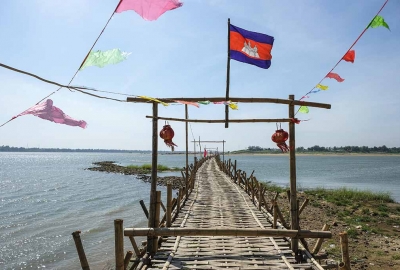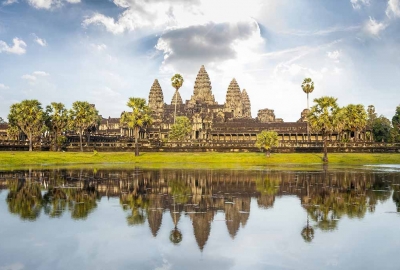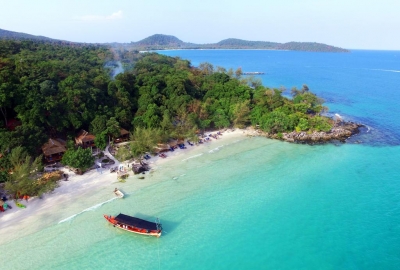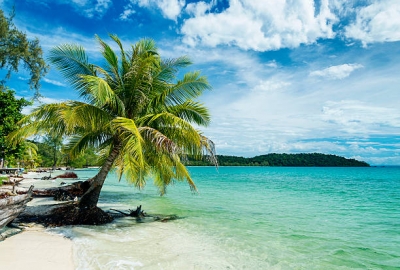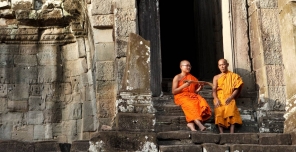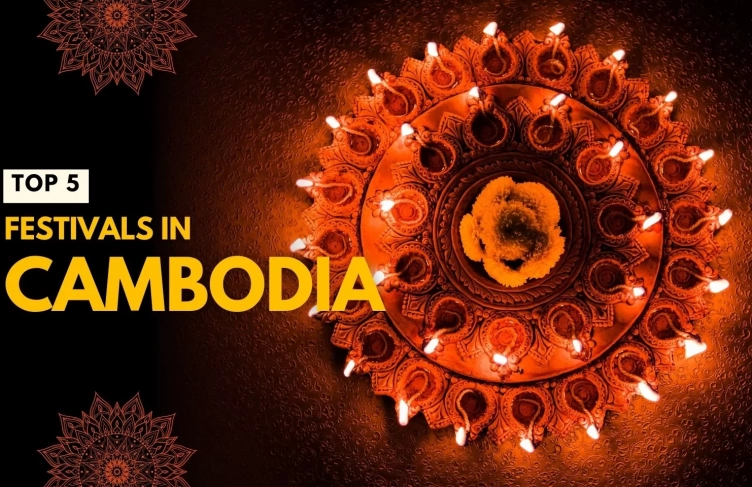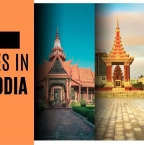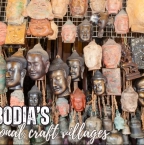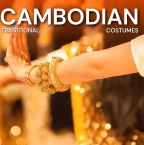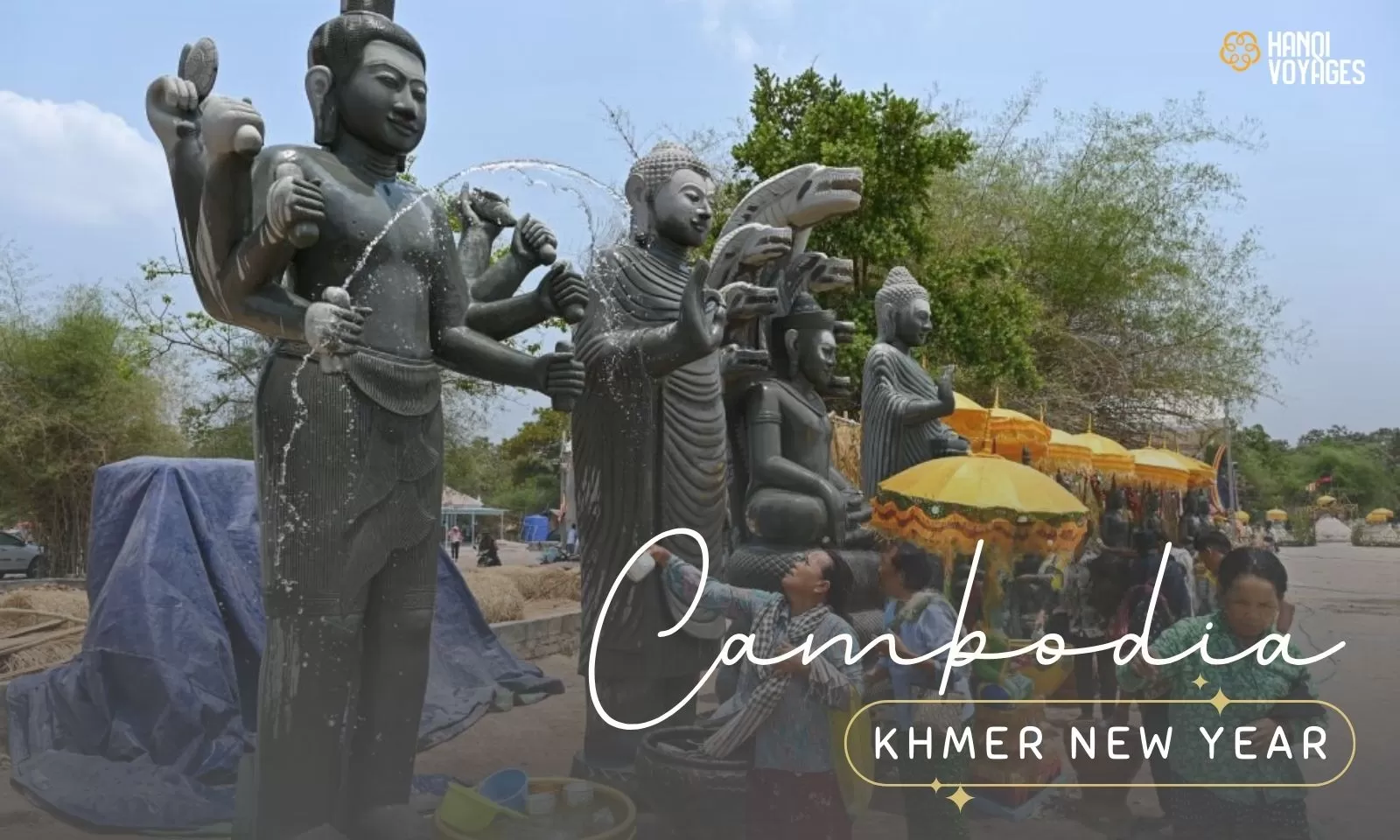
Khmer New Year in Cambodia: Traditions and festivities
Khmer New Year in Cambodia is a lively celebration full of traditional rituals, music and dancing. Experience the festive atmosphere, enjoy delicious food and join the locals in marking this significant holiday. Don't miss the exciting events and customs.

Khmer New Year in Cambodia, or Chol Chnam Thmey, is a deeply cherished celebration that marks the start of the Khmer calendar. More than just a holiday, it’s a time for family reunions, gratitude, and traditions passed down for generations. From temple ceremonies to lively street festivities, this special occasion reflects the spirit and heritage of the Cambodian people.
Join us as we explore the customs, rituals, and joyous moments that make this New Year celebration so meaningful!
Table of Contents
What do you know about the Cambodian New Year?
Khmer New Year in Cambodia holds deep historical and cultural significance, rooted in both Hindu and Buddhist traditions. The festival marks the end of the dry season and the beginning of a new agricultural cycle. For farmers, April provides a well-earned break after the busy harvesting period from November to March, making it the perfect time to celebrate the New Year.
The festival brings communities together, with activities like lighting sky lanterns, burning lanterns, and spinning fire. Elders share fairy tales and stories, passing down traditions.
Many of the Cambodian New Year rituals reflect Buddhist teachings about gratitude, kindness, and renewal, with people reflecting on the past year, honoring ancestors, and performing acts of kindness. These traditions emphasize family unity, generosity, and spiritual cleansing, making Khmer New Year a meaningful celebration in Cambodia.
When does Khmer New Year in Cambodia occur?
Khmer New Year in Cambodia is celebrated annually from April 14th to 16th. The festival lasts for three days, with each day holding specific meaning and traditions that shape the way people observe the occasion. During this time, many Cambodians travel back to their hometowns or villages to spend the festival with family. Public spaces, particularly Buddhist temples, become lively gathering spots, drawing thousands of people. Notable locations for celebrations include Wat Phnom in Phnom Penh, Angkor Wat in Siem Reap, and Sihanoukville.
Day 1: Maha Songkran – The arrival of blessings
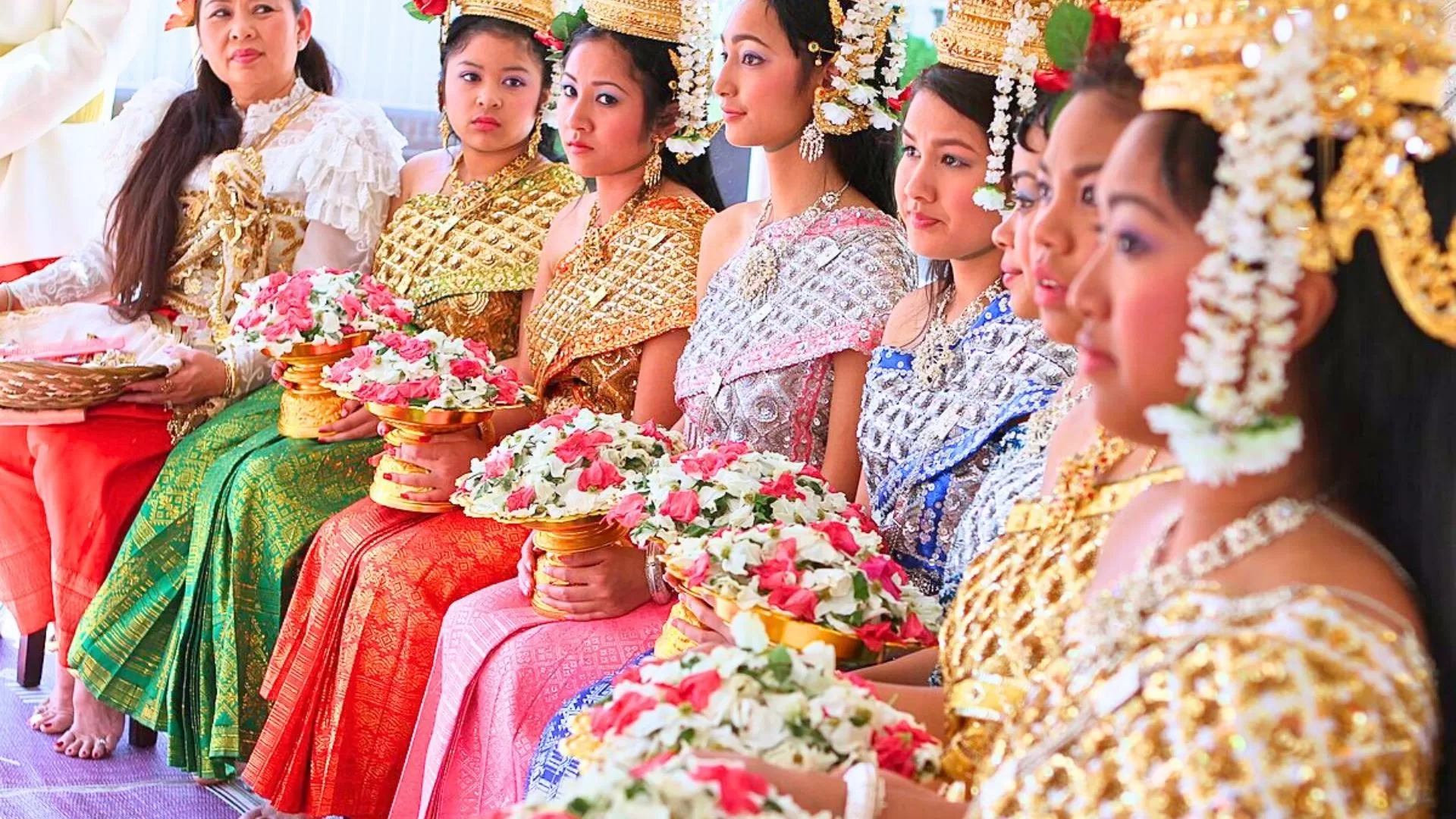
The first day of Khmer New Year in Cambodia, known as Maha Songkran, is dedicated to welcoming the new year’s guardian spirit. Families prepare their homes by cleaning and setting up altars with offerings like incense, candles, and fresh fruit. People visit temples to pray for blessings of prosperity, happiness, and good health for the year ahead. The day is filled with rituals that invite the arrival of positive energy and the presence of a benevolent spirit to watch over them.
Day 2: Veareak Vanabat – Honoring ancestors and showing gratitude
On the second day, Veareak Vanabat, Cambodians focus on generosity and honoring their ancestors. Families bring rice and food to pagodas as offerings to the monks and listen to Buddhist chants. They also donate money and clothing to those in need, reinforcing the spirit of kindness. This day is dedicated to remembering loved ones who have passed, with rituals such as visiting pagodas and building sand mounds as symbolic offerings. It highlights gratitude, family values, and reflection.
Day 3: Veareak Leung Sak – Cleansing and renewal![]()
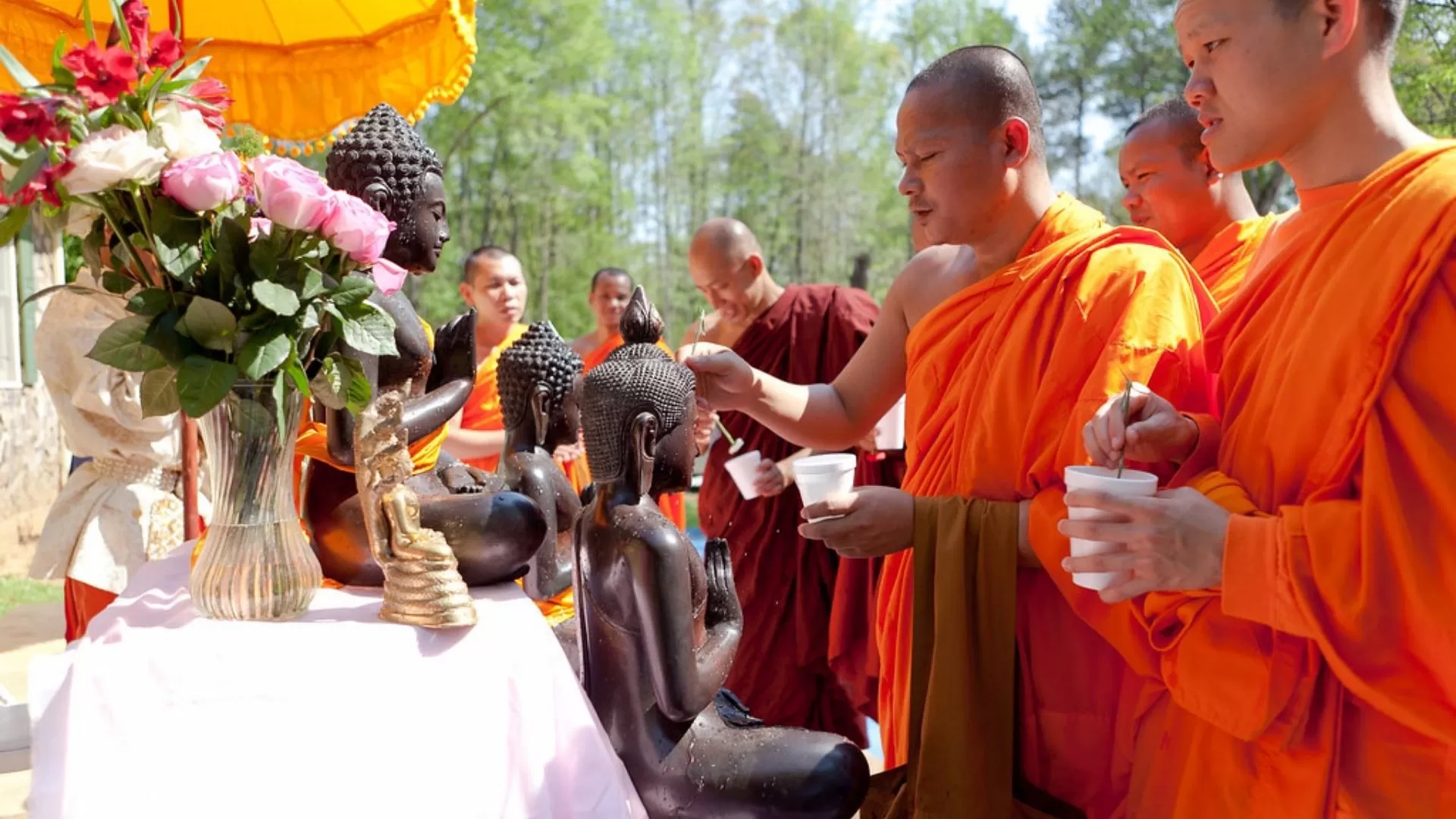
The third and final day, Veareak Leung Sak, is centered on purification and renewal. People participate in ceremonies at temples, where they pour scented water over Buddha statues as a sign of respect and to wash away bad luck. A key part of this day is the act of cleansing, both spiritually and physically, to begin the new year with a fresh start and positive energy.
💡 Do you know ???
The New Year festivals in Laos, Cambodia, Thailand, and Southern Vietnam (in the Khmer community) take place from April 13 to 16.
These festivals - Chôl Chnăm Thmây in Vietnam, Chaul Chnam Thmey in Cambodia, Boun Pi Mai in Laos, and Songkran in Thailand - share deep cultural ties to Khmer traditions while each maintaining its own distinct traditions and customs.
Discover more about these unique celebrations with our tours:
Traditional customs and practices in Khmer New Year in Cambodia
During Khmer New Year in Cambodia, people follow customs that have been passed down for centuries. These traditions are deeply meaningful and bring a sense of unity to communities. Many of these practices are rooted in Buddhist beliefs and are meant to welcome good fortune while showing gratitude for the past year.
Offerings at temples
Visiting temples is an essential part of the celebration. People bring food, flowers, and incense to offer to monks and pray for blessings. These Cambodian New Year rituals are believed to bring peace and prosperity for the new year. Some also participate in building sand stupas, a symbolic act representing the accumulation of good deeds.
Bathing of Buddha statues
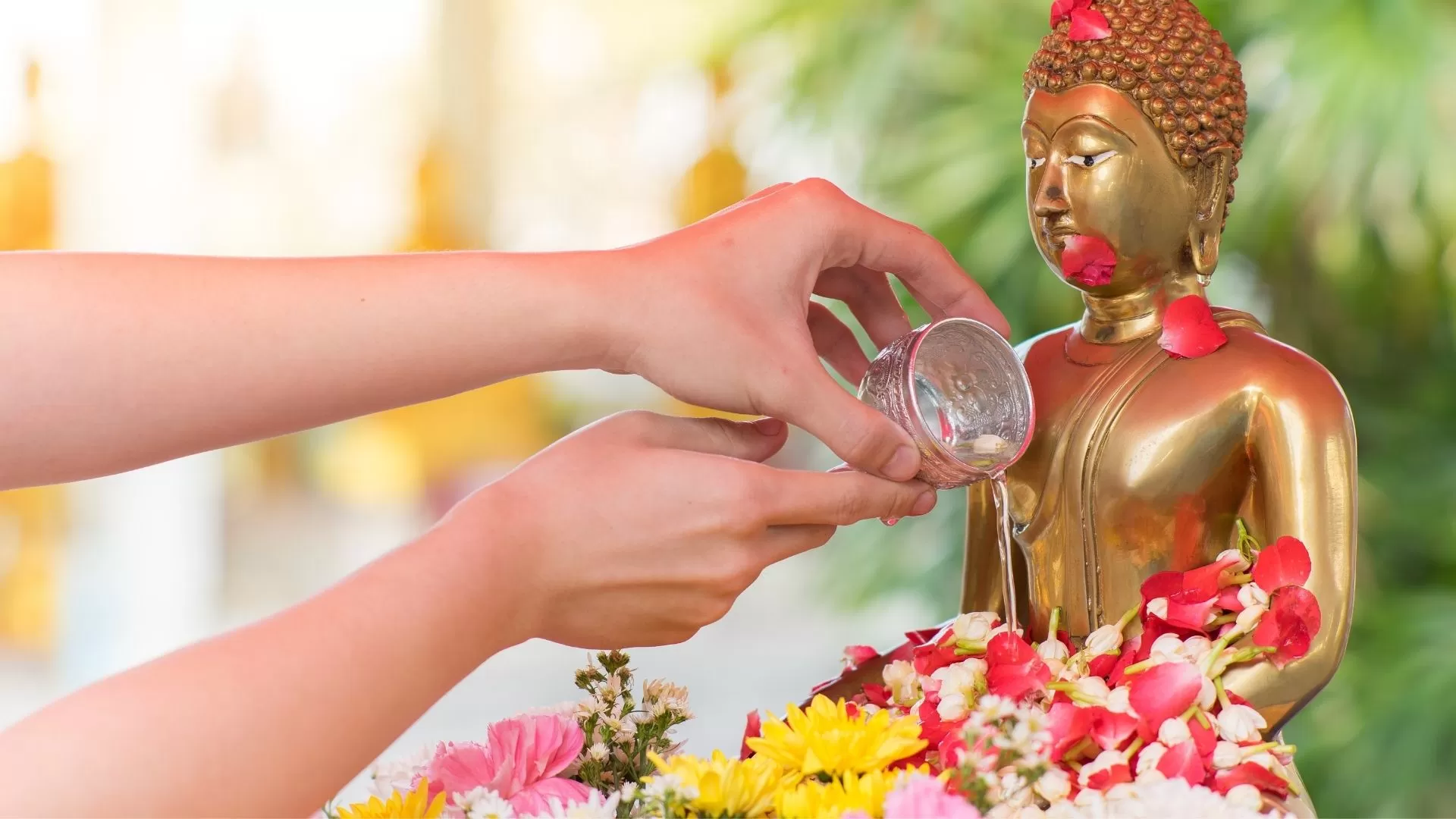
One of the well-known Khmer New Year traditions is the cleansing of Buddha statues. Pouring water over the statues represents purification, washing away misfortune, and welcoming good luck. This ritual takes place at temples and in homes, where people create small altars for prayer and devotion.
Cleaning and decorating the houses
Before the festival begins, families clean their homes to remove bad energy and welcome positive changes. Many also decorate their houses with colorful ornaments and traditional symbols. Some display fresh flowers, hang decorative banners, or set up small altars with offerings to invite good fortune into their homes.
Family gatherings
The festival is an opportunity for families to come together, share meals, and strengthen their relationships. People who live far from home make an effort to return and celebrate with their loved ones. During these gatherings, elders share wisdom and stories, while younger generations express respect through traditional gestures and offerings.
Water blessing
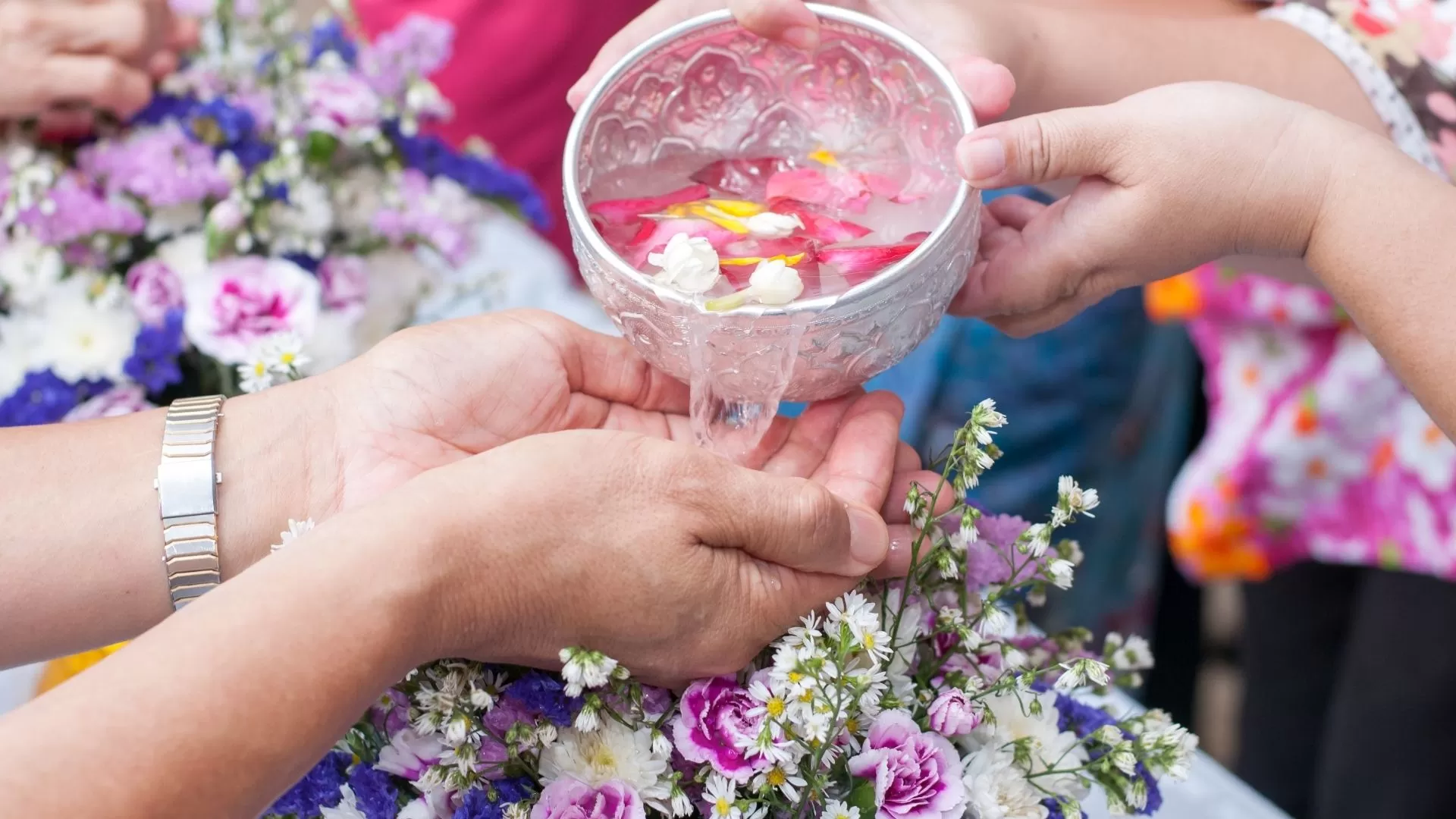
A popular tradition during Khmer New Year in Cambodia is water splashing. People playfully pour water on each other as a symbol of washing away bad luck. Some also receive water blessings from monks, which are believed to bring good fortune. In some areas, these water festivities turn into large public celebrations, where people take part in joyful games and performances.
Merit-making
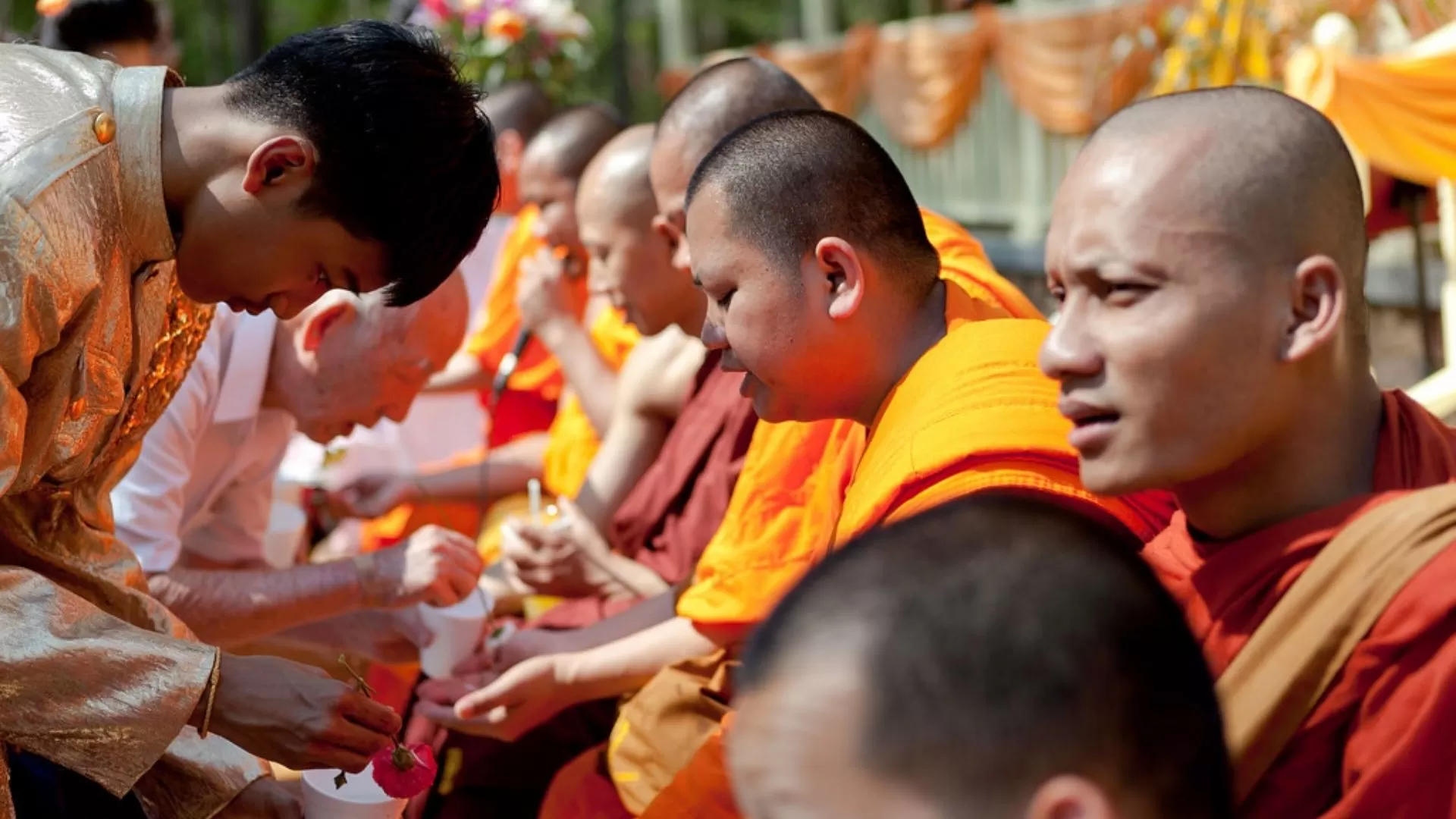
Acts of kindness, such as donating food to temples and releasing birds or fish, are common during this time. Many believe these acts help accumulate merit, bringing positive outcomes in the future. Other common practices include lighting incense, reciting prayers, and offering alms to monks, all of which reflect the values of compassion and generosity.
👉 To experience Khmer New Year in its full glory, consider joining our Cambodia tour 10 days that takes you through local festivals, temple visits, and traditional celebrations
Traditional foods in Cambodian New Year
During Cambodia New Year, families gather to enjoy a variety of traditional foods and treats, each holding symbolic significance and contributing to the festive spirit. Here are some of the most popular Khmer New Year foods enjoyed during the holiday:
Nom Ansom: A sticky rice cake wrapped in banana leaves, filled with either pork or bananas. Families often make large batches to share with relatives and offer at temples.
Num Kom: Small rice cakes made from glutinous rice flour, coconut milk, and sugar. They are often decorated with edible flowers and represent purity and renewal.
Kralan: Kralan is made of sticky rice stuffed inside the bamboo tube and sealed with a coconut shell or banana leaf before being baked from the outside around the bamboo peel. These treats are eaten for good luck in the new year.
Samlor Korko: A rich and hearty soup made with vegetables, fermented fish, and pork. It is believed to bring prosperity and good health in the new year.
Prahok Ktiss: A rich, savory dip made from fermented fish paste, pork, and coconut milk. Served with fresh vegetables or crispy rice crackers, it reflects abundance and generosity.
👉 Learn more: Discover the top 9 must-try dishes of Cambodian cuisine
Essential travel tips for enjoying Khmer New Year in Cambodia
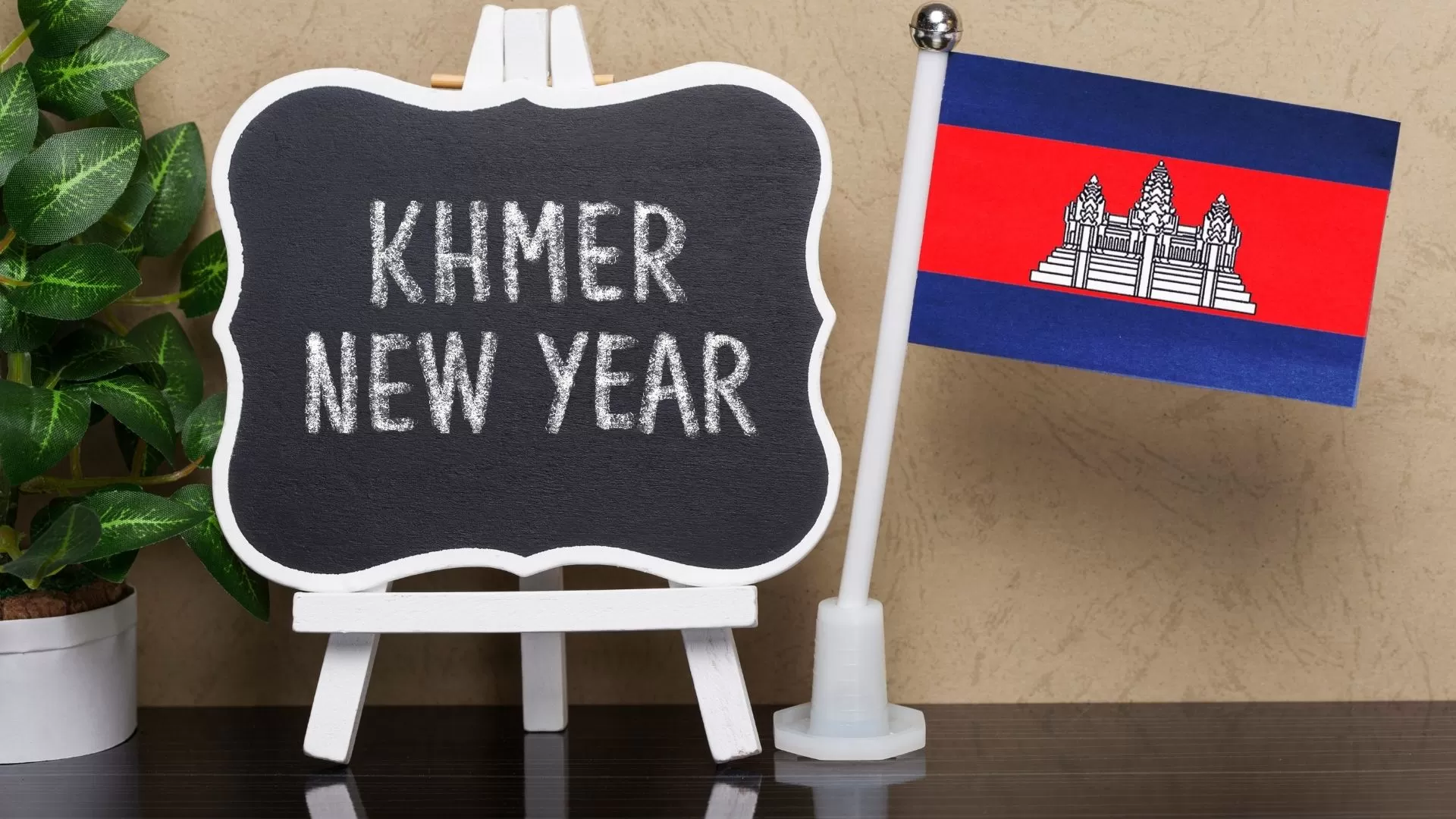
For those planning to experience Khmer New Year in Cambodia, understanding local customs and preparing in advance will help make the trip more enjoyable.
Follow the Cambodian calendar: To know the exact dates of Khmer New Year, check official information pages about Cambodia.
Visit a temple: Experience the festival by visiting a temple, where you can take part in special ceremonies and rituals.
Respect customs: Dress modestly and participate in temple rituals respectfully to show appreciation for local traditions.
Be prepared to get wet: Wear light, quick-drying clothes and avoid white or sheer fabrics. Carry a waterproof bag for your valuables.
Participate in activities: Join in the local celebrations and games for a unique and unforgettable experience.
The celebration of Khmer New Year in Cambodia is a unique and meaningful event that showcases the country's deep-rooted traditions, family values, and festive spirit. It’s a time for community, reflection, and the welcoming of a new year filled with hope and good fortune. For those eager to experience this exciting celebration firsthand, Hanoi Voyages offers guided tours that let you fully immerse yourself in the festivities.
Book your trip today and be a part of this remarkable holiday experience!
Dream about your trip to Asia, in private
We are here to make it happen with youFREE QUOTE, WITHOUT OBLIGATION

